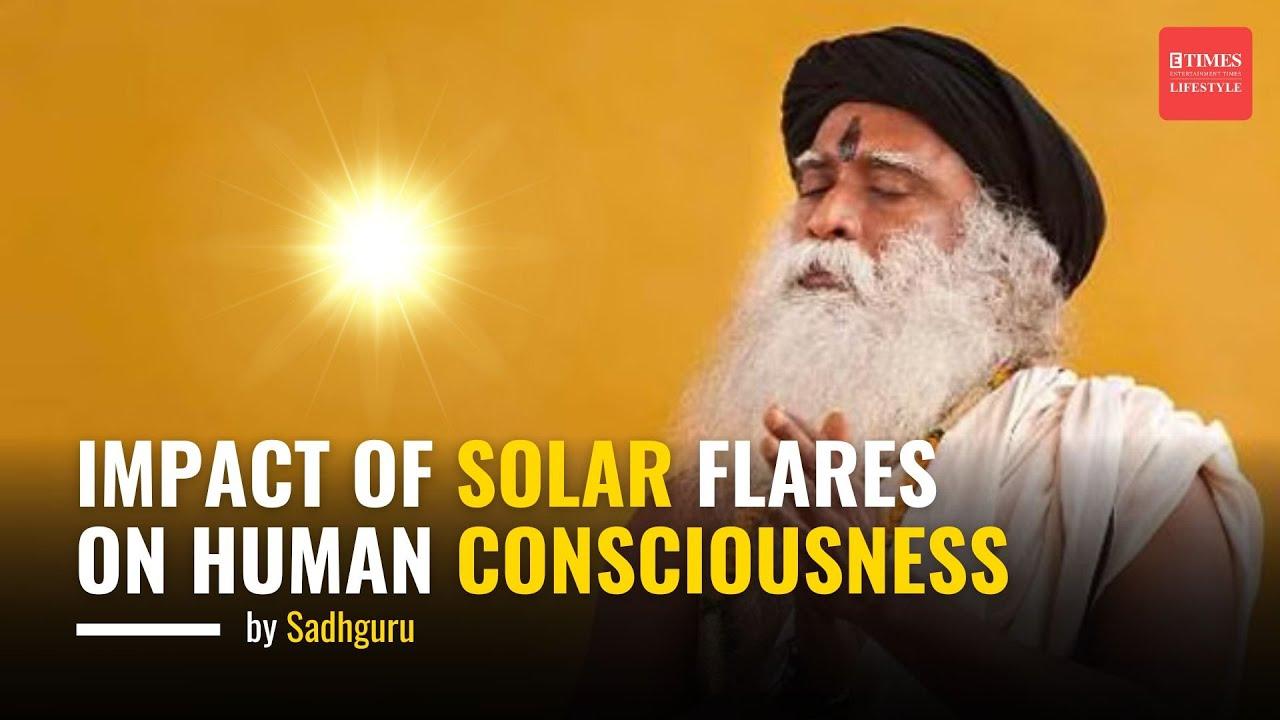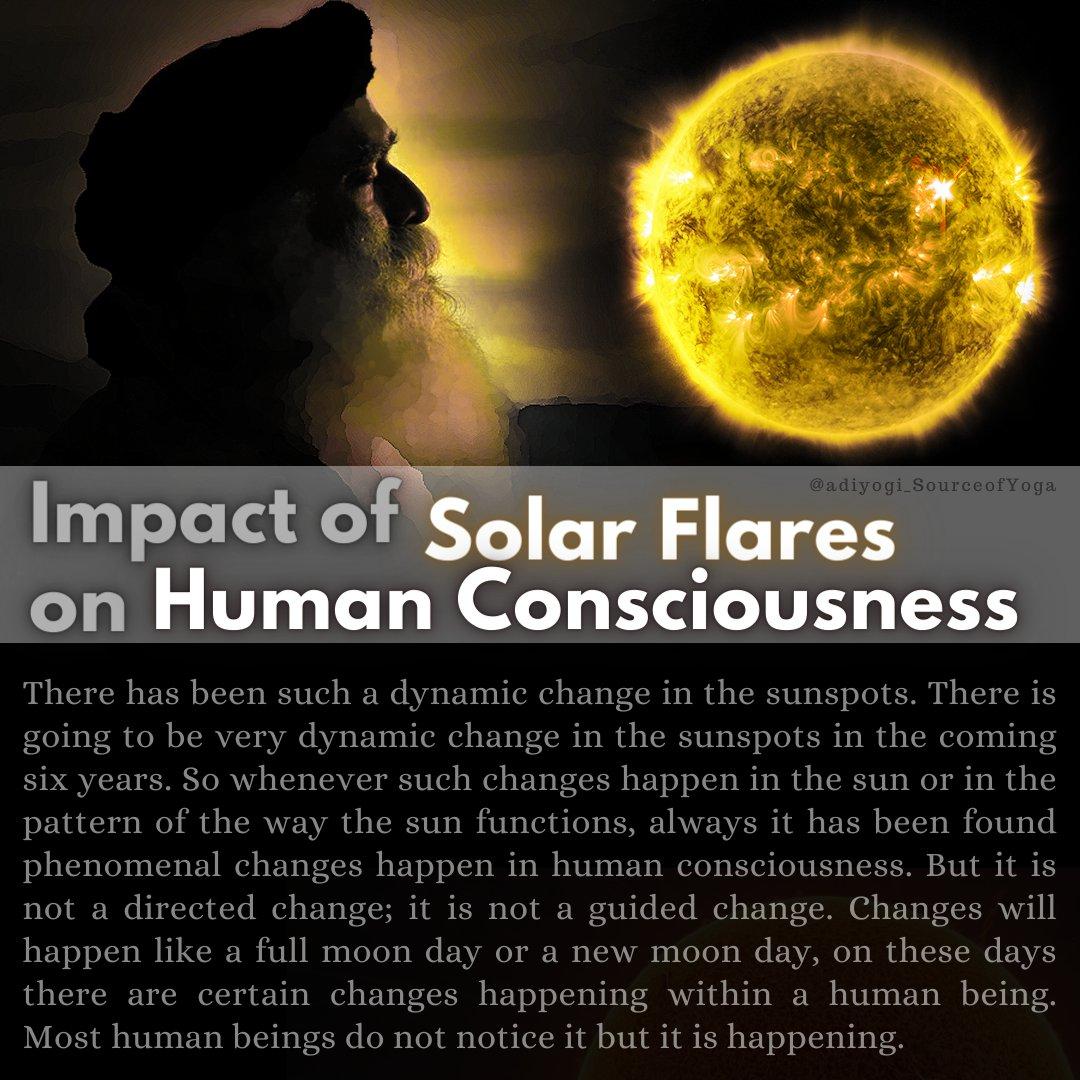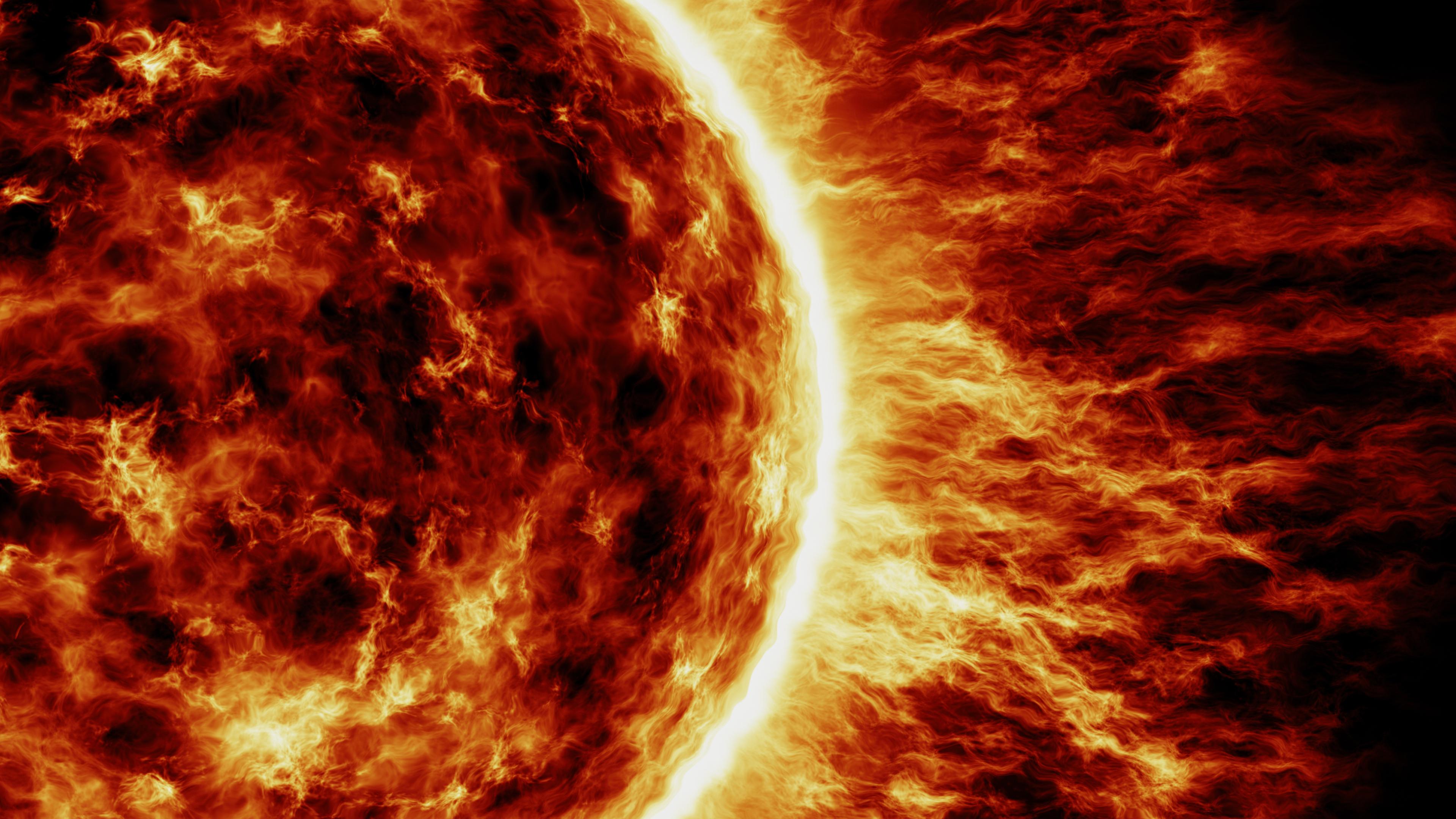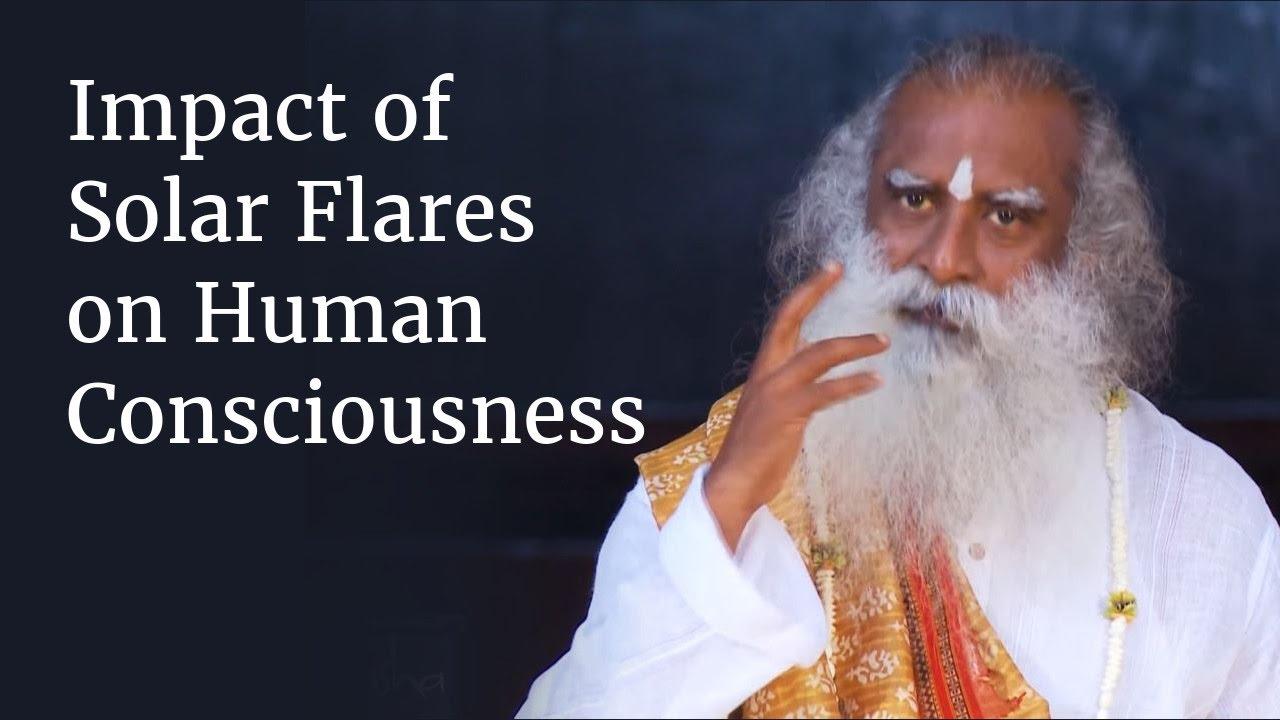Beneath the vast canvas of the cosmos, the Sun pulses with a powerful rhythm, unleashing bursts of energy known as solar flares. These celestial fireworks, while awe-inspiring, extend their influence far beyond the edges of space, reaching into the very fabric of our daily lives on Earth. Among the many questions they provoke, one stands out with a blend of scientific curiosity and philosophical intrigue: could these solar outbursts subtly sway human consciousness? As researchers delve into the intersections of astrophysics and neurobiology, the connection between solar flares and the patterns of human thought and awareness invites us to explore the delicate interplay between cosmic forces and the mind. This article journeys through what we know-and what remains a mystery-about the fascinating link between solar flares and human consciousness.
Table of Contents
- Solar Flares and Their Impact on Earth’s Magnetic Environment
- Exploring the Connection Between Solar Activity and Human Brain Function
- Scientific Perspectives on Solar Flares Influencing Consciousness
- Potential Health Considerations During Intense Solar Events
- Strategies for Monitoring and Mitigating Solar Flare Effects on Well-being
- Frequently Asked Questions
- Concluding Remarks
Solar Flares and Their Impact on Earth’s Magnetic Environment
Solar flares are powerful bursts of radiation emanating from the Sun’s surface, capable of sending shockwaves through the solar system. When these explosive events reach Earth, they interact intensely with its magnetic field, creating a dynamic and sometimes turbulent environment. This interaction can disrupt satellites, communication systems, and power grids, but beneath the technological impact lies a subtler influence on human consciousness.
Earth’s magnetic environment acts as a protective shield, but solar flares can temporarily weaken this barrier, allowing charged particles to penetrate deeper into the magnetosphere. This influx generates geomagnetic storms, which not only produce spectacular auroras but also alter the electromagnetic fields that surround our planet-and, by extension, the electromagnetic cocoon enveloping every living being. Some researchers suggest these fluctuations may subtly influence neural activity, mood, and cognitive functions.
While the scientific community is still exploring these connections, anecdotal reports and preliminary studies have noted correlations between solar flare activity and:
- Increased instances of headaches and fatigue
- Heightened emotional sensitivity
- Periods of enhanced intuition or creativity
| Solar Flare Intensity | Magnetosphere Response | Human Consciousness Effects |
|---|---|---|
| Low | Minor perturbations | Subtle mood shifts |
| Moderate | Noticeable geomagnetic storms | Increased alertness or anxiety |
| High | Severe magnetic disturbances | Heightened emotional sensitivity and cognitive disruption |
Exploring the Connection Between Solar Activity and Human Brain Function
Human brain function is a symphony of electrical impulses and chemical reactions, finely tuned to both internal and external stimuli. Recent studies suggest that solar activity, particularly solar flares, could play a subtle yet intriguing role in modulating this delicate balance. The sun’s bursts of electromagnetic energy and charged particles interact with Earth’s magnetosphere, potentially influencing the neural oscillations that govern cognition, mood, and consciousness.
While the science is still emerging, researchers have observed correlations between heightened solar flare activity and variations in human physiological and psychological states. For example, some individuals report increased anxiety, disrupted sleep patterns, or heightened intuition during solar storms. These phenomena may be linked to the way solar-induced geomagnetic fluctuations affect the brain’s electromagnetic environment.
Key mechanisms proposed include:
- Alterations in melatonin secretion influenced by geomagnetic disturbances
- Modulation of brainwave frequencies, particularly alpha and theta waves
- Impact on the pineal gland, often termed the “third eye” for its role in consciousness
| Solar Activity | Human Brain Effect |
|---|---|
| Solar Flare Peak | Increased neural excitability |
| Geomagnetic Storm | Altered sleep cycles |
| Solar Wind Fluctuations | Enhanced cognitive alertness |

Scientific Perspectives on Solar Flares Influencing Consciousness
Solar flares, powerful bursts of radiation from the sun’s surface, have long fascinated scientists due to their unpredictable nature and potential effects on Earth’s systems. While the electromagnetic waves and charged particles they emit are known to impact satellite communications and power grids, emerging research suggests a more subtle interaction with human biology and consciousness. This intersection of astrophysics and neurobiology challenges traditional boundaries, prompting a multidisciplinary dialogue about how cosmic phenomena might influence cognitive and emotional states.
Studies indicate that during periods of intense solar activity, fluctuations in the Earth’s magnetic field can subtly alter human brainwave patterns. These shifts are often observed in the alpha and theta waves, which correlate with states of relaxation and heightened creativity. Although the exact mechanisms remain unclear, hypotheses propose that geomagnetic disturbances could modulate pineal gland functions or influence the synchronization of neural networks, potentially affecting mood, intuition, and even dream vividness.
Key scientific considerations include:
- Correlation between solar flare occurrences and increased reports of altered consciousness or emotional sensitivity.
- Potential influence on circadian rhythms through changes in geomagnetic activity.
- Variability in individual susceptibility based on genetic and environmental factors.
| Solar Flare Intensity | Geomagnetic Activity Level | Reported Human Effects |
|---|---|---|
| Low | Minor | Subtle mood shifts, increased restlessness |
| Moderate | Noticeable | Heightened intuition, vivid dreams |
| High | Severe | Disrupted sleep, cognitive fog |
While the scientific community remains cautious, the convergence of observational data and theoretical models opens intriguing possibilities for understanding how cosmic events might resonate within the human mind. This area continues to evolve, inviting researchers to explore not only the physical impacts but also the experiential dimensions of solar-terrestrial interactions.

Potential Health Considerations During Intense Solar Events
When the sun unleashes powerful bursts of energy, the effects ripple far beyond our technological infrastructure. Intense solar events, such as solar flares and coronal mass ejections, carry the potential to subtly influence human physiology and mental states. Though the science is still evolving, emerging research points to a fascinating interplay between geomagnetic disturbances and our body’s bioelectrical systems.
Common symptoms reported during heightened solar activity include:
- Increased headaches and migraines
- Heightened anxiety or restlessness
- Disrupted sleep patterns
- Difficulty concentrating or mental fog
These manifestations are thought to be linked to fluctuations in Earth’s magnetic field, which can subtly interfere with the brain’s electromagnetic communication. The pineal gland, often associated with regulating circadian rhythms and producing melatonin, may be particularly sensitive to these cosmic influences. While not everyone experiences these effects, individuals with heightened electromagnetic sensitivity or preexisting neurological conditions might be more vulnerable.
| Health Aspect | Potential Impact | Suggested Precautions |
|---|---|---|
| Neurological | Headaches, brain fog | Hydration, reduced screen time |
| Emotional | Anxiety, mood swings | Mindfulness, relaxation techniques |
| Sleep | Insomnia, disturbed cycles | Consistent bedtime, low light exposure |

Strategies for Monitoring and Mitigating Solar Flare Effects on Well-being
Awareness is the first step toward resilience. Tracking solar flare activity through reliable sources such as NASA’s Space Weather Prediction Center or the NOAA Space Weather Scale allows individuals and communities to anticipate periods of heightened solar activity. Coupling this data with personal health monitoring, especially for those sensitive to electromagnetic fluctuations, can reveal subtle correlations between flare events and changes in physiological or psychological states.
Integrating lifestyle adjustments during peak solar flare periods can significantly ease potential discomfort. Practices such as grounding exercises, meditation, and controlled breathing help stabilize the nervous system when external cosmic energy surges. Additionally, reducing screen time and exposure to artificial electromagnetic sources can minimize cumulative stress on the body’s biofield.
- Optimize hydration: Enhanced solar activity can influence fluid balance, so increased water intake supports cellular function.
- Manage sleep hygiene: Solar flares may disrupt circadian rhythms; consistent sleep schedules aid recovery.
- Practice mindful movement: Yoga or tai chi harmonize energy flow and promote emotional equilibrium.
| Mitigation Strategy | Benefit | Recommended Frequency |
|---|---|---|
| Grounding (Earthing) | Balances electromagnetic energy | Daily during solar flare alerts |
| Hydration Boost | Supports cellular resilience | Increase water intake by 20% |
| Digital Detox | Reduces electromagnetic overload | At least 2 hours before bedtime |
| Mindful Movement | Enhances mental clarity and calm | 3-5 times per week |
Frequently Asked Questions
Q&A: Solar Flares and Human Consciousness: What We Know
Q1: What exactly are solar flares?
A1: Solar flares are sudden, intense bursts of radiation emanating from the Sun’s surface, caused by the release of magnetic energy. These powerful eruptions can last from minutes to hours and emit X-rays and ultraviolet radiation that ripple across space.
Q2: How often do solar flares occur?
A2: Solar flares happen frequently, especially during the Sun’s 11-year activity cycle. During peak solar maximums, multiple flares can erupt daily, while in quieter phases, they are less common.
Q3: Can solar flares affect Earth?
A3: Yes, solar flares can impact Earth’s magnetic field and atmosphere. They often trigger geomagnetic storms that may disrupt satellite communications, GPS signals, and power grids. The Northern and Southern Lights (auroras) are visible manifestations of this solar activity.
Q4: Is there any scientific evidence that solar flares influence human consciousness?
A4: Currently, scientific research has not established a direct, causal link between solar flares and changes in human consciousness. While some studies note correlations between geomagnetic activity and mood variations or cognitive function, these findings are preliminary and not universally accepted.
Q5: Why do some people believe solar flares affect consciousness?
A5: The belief often stems from anecdotal reports of altered states-such as heightened intuition, emotional shifts, or unusual dreams-during periods of intense solar activity. Some spiritual and metaphysical traditions interpret solar flares as energetic catalysts for human evolution and expanded awareness.
Q6: Could the Earth’s electromagnetic environment mediate any effects of solar flares on humans?
A6: It’s plausible that fluctuations in Earth’s electromagnetic field during solar storms might subtly influence biological systems, including the human nervous system. However, this remains a topic of ongoing investigation, with no definitive conclusions yet.
Q7: What should readers take away about solar flares and consciousness?
A7: While solar flares undeniably impact our planet’s space environment, their influence on human consciousness is still a mystery. Approaching the topic with curiosity and critical thinking allows us to explore new frontiers without jumping to unproven conclusions.
Q8: Where can interested readers find more information?
A8: For scientific updates, sources like NASA’s Solar Dynamics Observatory and space weather monitoring centers offer reliable data. For those intrigued by the intersection of solar phenomena and human experience, interdisciplinary journals and books on space weather and consciousness studies provide thoughtful perspectives.
Concluding Remarks
As we continue to unravel the cosmic dance between solar flares and human consciousness, one thing becomes clear: the universe is not just around us, but within us. These powerful bursts of solar energy remind us that our minds may be subtly intertwined with the rhythms of the sun, a celestial pulse echoing through the fabric of our awareness. While science has yet to illuminate all the pathways connecting solar activity to our inner worlds, the journey of exploration invites both curiosity and caution. In the vast interplay of light, energy, and consciousness, we find a frontier that challenges our understanding and inspires us to look beyond the stars-to the mysterious connections that shape our very being.

